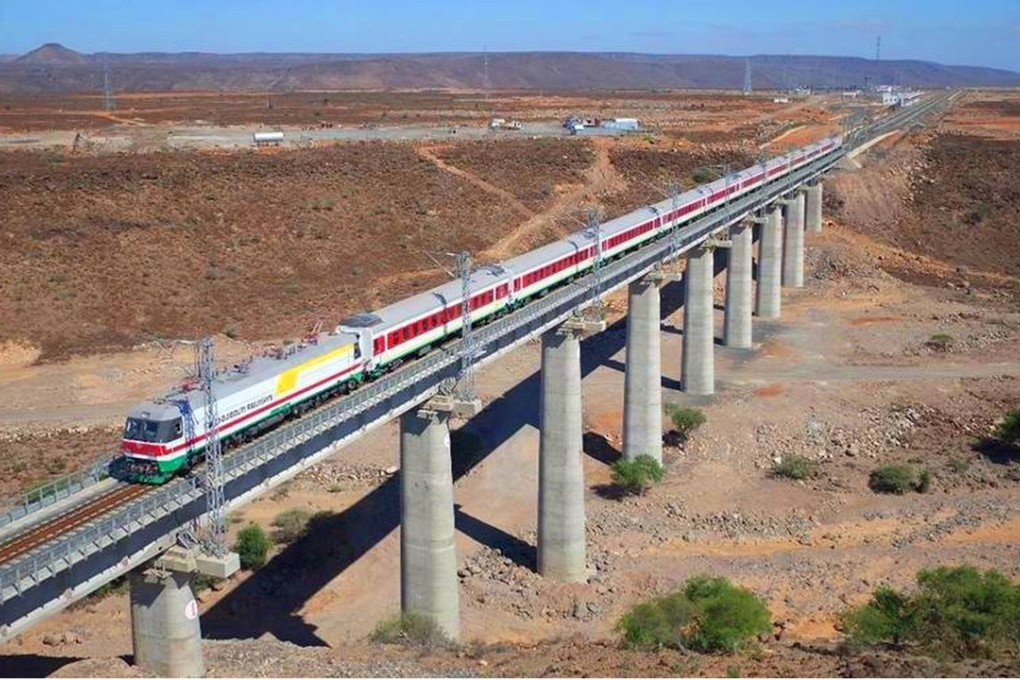Botched Chinese railway project in Africa is a warning to belt and road investors
- Lessons should be drawn from the poorly executed US$4 billion Addis Ababa-Djibouti freight railway, warns head of China’s export credit insurer
- Planning behind many China-led projects abroad has been ‘downright inadequate’ and costly

The planning behind many of China’s major infrastructure projects abroad has been “downright inadequate”, leading to huge financial losses, according to the head of the country’s state export credit insurer.
Wang Wen, of China Export and Credit Insurance Corporation, known as Sinosure, said Chinese developers and financiers of projects in developing nations supported by Beijing’s “Belt and Road Initiative” need to step up their risk management to avoid disaster.
He cited the mistakes of a major railway project in Africa that has cost Sinosure close to US$1 billion in losses, according to its chief economist.
Lessons should be drawn from the poorly executed US$4 billion Addis Ababa-Djibouti freight railway that was inaugurated early this year but has already had to restructure its debt because of underuse caused by power shortages, Wang told a belt and road infrastructure financing forum in Hong Kong earlier this month.
“Ethiopia’s planning capabilities are lacking, but even with the help of Sinosure and the lending Chinese bank it was still insufficient.”
He said other China-backed projects plagued by poor preparation have included sugar refineries that have lacked a supply of sugar beet, and underused railways in Latin America.
His comments were a stark reminder to Hong Kong financiers and investors at the forum looking to tap belt and road opportunities of the risks of backing projects in developing nations.